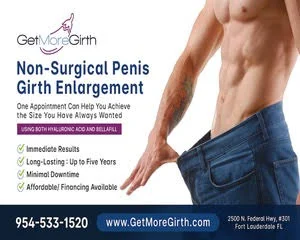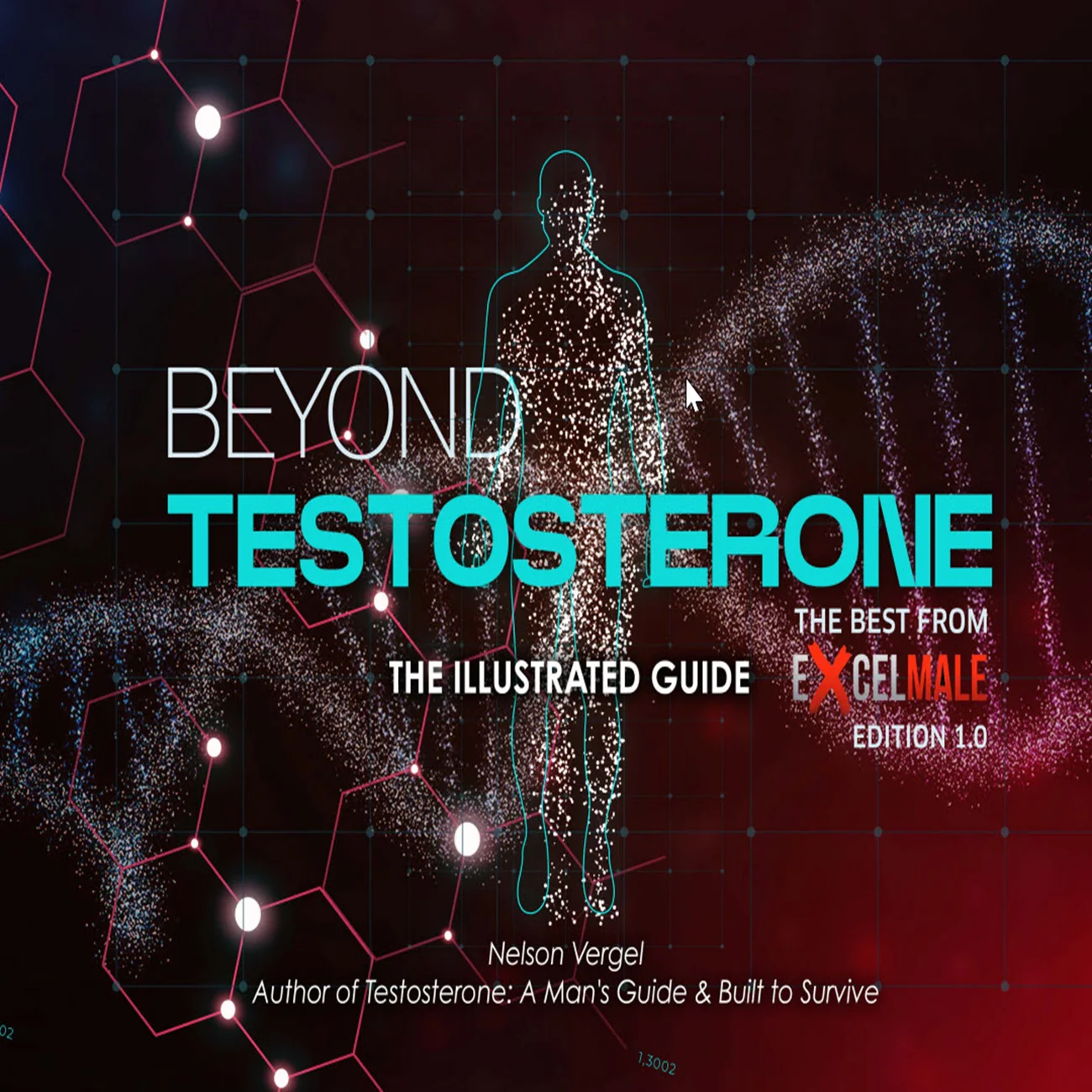Been on test since 2018.
My girl and I are planning to get pregnant.
First result showed very low sperm.
Added HCG at 1500 IU EOD.
After aprox 3 months these are the results.
Where would you go from here?
Is this good enough for IUI or is IVF prefered? Albeit IVF is very expensive and im sure - for her - an energy consuming process.
Should i add some hmg?
What is the best route of action here?
Thankyou

.

My girl and I are planning to get pregnant.
First result showed very low sperm.
Added HCG at 1500 IU EOD.
After aprox 3 months these are the results.
Where would you go from here?
Is this good enough for IUI or is IVF prefered? Albeit IVF is very expensive and im sure - for her - an energy consuming process.
Should i add some hmg?
What is the best route of action here?
Thankyou
.












